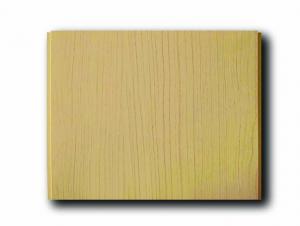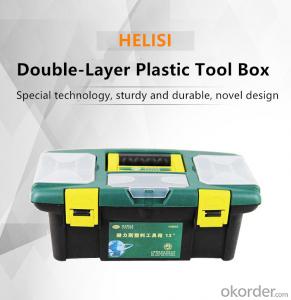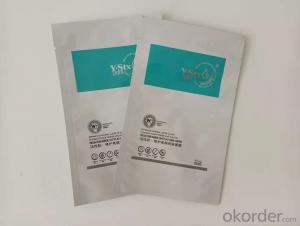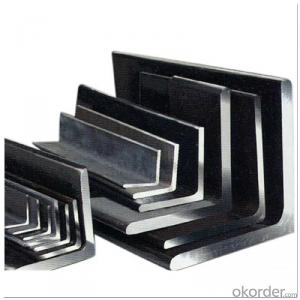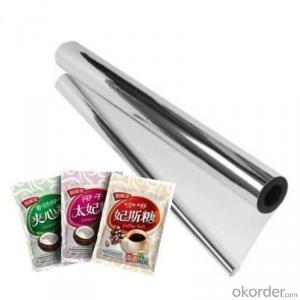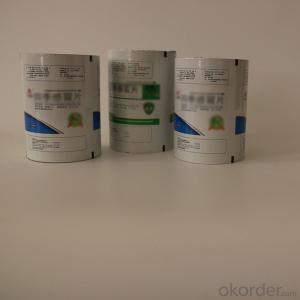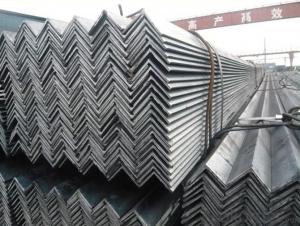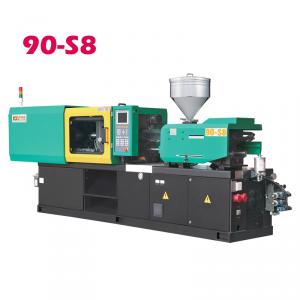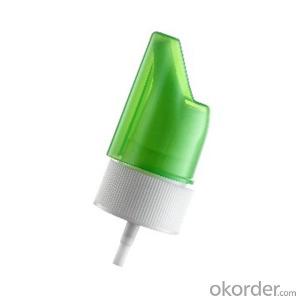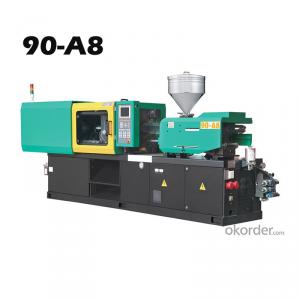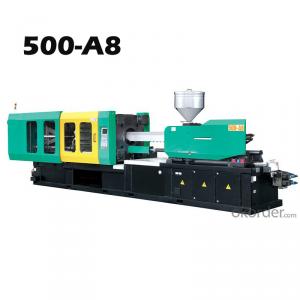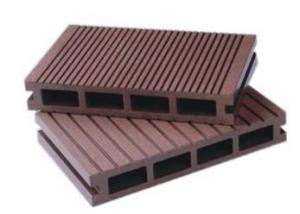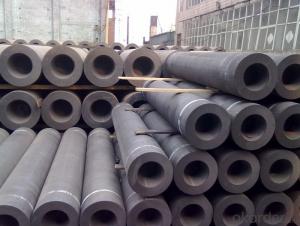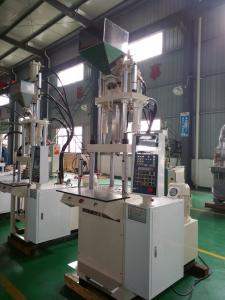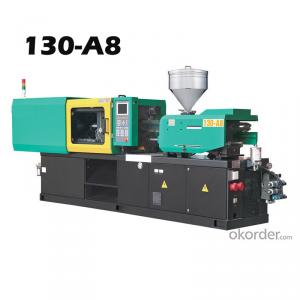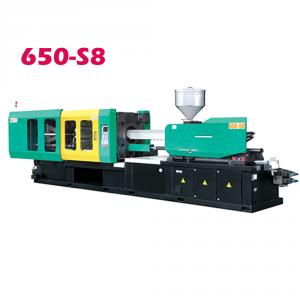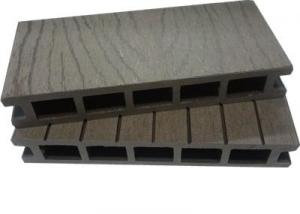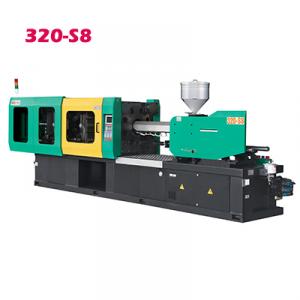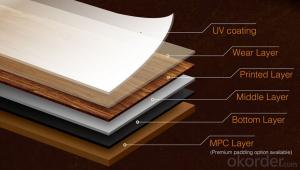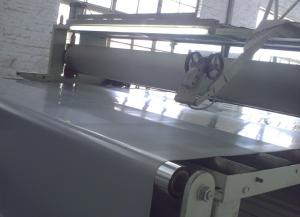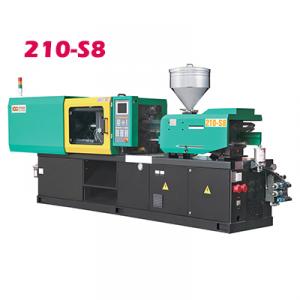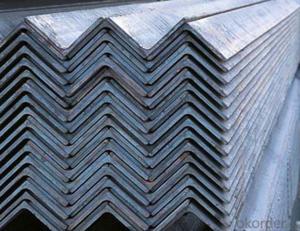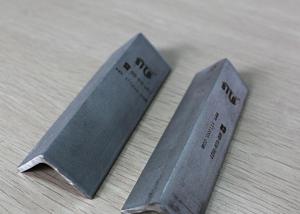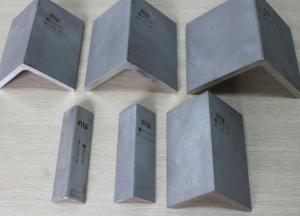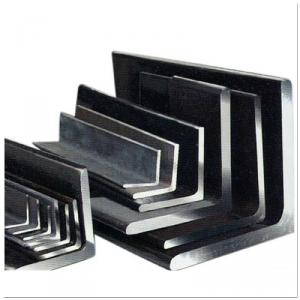L Shaped Plastic Molding
L Shaped Plastic Molding Related Searches
Primer For Galvanized Steel H S Code For Stainless Steel Wd 40 For Stainless Steel Spray Paint For Stainless Steel Drill Bits For Stainless Steel Sponge For Stainless Steel Caulking For Stainless Steel Steel Vessels For Kitchen Best Solar Inverter For Home Led Table Lamps For HomeHot Searches
Steel Mesh Panels For Sale Price For Stainless Steel Scrap Scrap Price For Stainless Steel Cheap High Tea Sets For Sale Stainless Steel Tanks For Sale High Density Fiberboard For Sale Solar Hot Water Collectors For Sale Scaffolding For Sale In Uae Scaffolding For Sale In Ireland Scaffolding For Sale In Houston Type Of Inverter For Solar Price Of Shipping Containers For Sale Stock Price For Aluminum Used Solar Inverter For Sale Portable Led Signs For Sale Stone Hot Water Bottles For Sale Large Led Screens For Sale Used Aluminum Scaffolding For Sale 1/4 Aluminum Plate For Sale Pvc Chairs For SaleL Shaped Plastic Molding Supplier & Manufacturer from China
Okorder.com is a professional L Shaped Plastic Molding supplier & manufacturer, offers integrated one-stop services including real-time quoting and online cargo tracking. We are funded by CNBM Group, a Fortune 500 enterprise and the largest L Shaped Plastic Molding firm in China.Hot Products
FAQ
- Yes, stainless steel angles are resistant to corrosion. Stainless steel is an alloy that contains chromium, which forms a passive, protective layer on the surface of the material. This layer acts as a barrier, preventing the steel from coming into contact with oxygen and moisture, which are the main causes of corrosion. As a result, stainless steel angles can withstand exposure to harsh environments, such as high humidity, saltwater, and acidic or alkaline solutions, without deteriorating or rusting. This corrosion resistance makes stainless steel angles a popular choice in various industries, including construction, automotive, and marine applications.
- Storing stainless steel angles requires careful consideration to prevent any damage or corrosion. Here are some guidelines on how to properly store stainless steel angles: 1. Clean and dry: Before storing stainless steel angles, ensure they are clean and free from any dirt, oil, or other contaminants. Use a suitable cleaning agent and wipe them dry with a clean cloth to remove any moisture. 2. Keep away from moisture: Stainless steel is susceptible to corrosion, especially in the presence of moisture. Therefore, it is crucial to store stainless steel angles in a dry environment. Avoid storing them in areas prone to humidity, such as basements or areas close to water sources. 3. Adequate support: Stainless steel angles should be stored horizontally to prevent any deformation or bending. Ensure that they are adequately supported to avoid any stress on the material, which can cause warping or distortion. 4. Protect from physical damage: To prevent scratches or other physical damages, consider wrapping stainless steel angles in a protective material such as plastic or paper. This will safeguard them during handling, transportation, or storage. 5. Separate different grades: If you have stainless steel angles of different grades, it is advisable to store them separately. This prevents any galvanic corrosion that may occur when dissimilar metals come into contact. 6. Organize and label: To easily identify and access the stainless steel angles, it is helpful to organize them in a well-labeled storage system. This can include racks, shelves, or designated areas in your storage facility. 7. Regular inspection: Periodically inspect the stored stainless steel angles for any signs of corrosion, damage, or other issues. If any problems are detected, address them promptly to prevent further deterioration. By following these storage guidelines, you can ensure the longevity and quality of your stainless steel angles, reducing the risk of damage or corrosion.
- The standard thickness of stainless steel angles can vary depending on the specific application and industry requirements. However, in general, stainless steel angles are available in standard thicknesses ranging from 1/8 inch to 1 inch. The choice of thickness is typically determined by factors such as the load-bearing capacity, structural stability, and the specific use of the angles. It is important to consult the relevant industry standards or specifications, as well as any engineering or design requirements, to determine the appropriate thickness for a given stainless steel angle.
- There are several types of edge finishes for slotted stainless steel angles, including straight cut, rounded, chamfered, and beveled edges.
- Due to their material composition and structural design, stainless steel angles exhibit distinctive acoustic properties. Factors such as the thickness and surface finish of the metal can influence the acoustic properties of stainless steel angles. One of the primary acoustic properties of stainless steel angles is their ability to reflect sound waves. Stainless steel, being a highly reflective material, effectively rebounds a significant amount of sound energy upon contact. This characteristic proves advantageous in situations where sound reflection is desired, such as in concert halls or auditoriums. Moreover, stainless steel angles demonstrate excellent sound transmission properties. They allow sound waves to pass through with minimal obstruction, making them ideal for applications that require efficient sound transmission, such as speaker cabinets or musical instruments. Another significant acoustic property of stainless steel angles is their resonance characteristics. Stainless steel possesses a unique resonance frequency, which corresponds to the frequency at which the material vibrates most efficiently. This resonance frequency can be influenced by factors such as the angle's size, shape, and specific stainless steel alloy. Understanding and harnessing the resonance characteristics of stainless steel angles can be advantageous in applications like musical instrument construction or acoustic design. Furthermore, the durability and corrosion resistance of stainless steel angles contribute to their acoustic properties. These angles maintain their structural integrity over time, ensuring consistent delivery of their acoustic characteristics without degradation. Additionally, the corrosion resistance of stainless steel safeguards the angles from environmental factors that could potentially alter their acoustic properties. In conclusion, stainless steel angles possess unique acoustic properties marked by sound reflection, transmission, resonance, and durability. These properties make stainless steel angles a versatile choice for various applications in the acoustic industry.
- Stainless steel angles come in various finishes, each serving a distinct purpose and offering a unique visual appeal. The finishes commonly used are as follows: 1. Mill Finish: This is the initial finish given to stainless steel angles during production. It has a rough and dull appearance, making it suitable for structural purposes where aesthetics are not a priority. 2. Brushed Finish: Also known as satin finish, this finish is achieved by brushing the surface of the stainless steel angle with a fine abrasive material. It creates a soft and linear texture that effectively conceals scratches and fingerprints. As a result, it is a popular choice for decorative and architectural applications. 3. Mirror Finish: As the name suggests, this finish provides a highly reflective surface similar to a mirror. It involves progressively polishing the stainless steel angle with finer abrasives until a glossy and mirror-like appearance is achieved. Mirror finish is commonly used in decorative and high-end applications where a polished and luxurious look is desired. 4. Bead Blast Finish: This finish is achieved by subjecting the stainless steel angle to high-pressure blasting with tiny glass beads. It creates a matte and textured surface that feels smooth to the touch. Bead blast finish is often employed in architectural and industrial applications to achieve a uniform appearance and conceal surface imperfections. 5. Powder Coated Finish: In this finish, a dry powder coating is applied to the stainless steel angle and then heated to form a protective and decorative layer. Powder coating is available in a wide range of colors and textures, providing durability and corrosion resistance. Hence, it is suitable for outdoor and high-traffic environments. 6. PVD Coating: PVD coating is a thin film coating applied to the stainless steel angle using a vacuum deposition process. It offers a wide range of colors and finishes, including gold, bronze, and black. PVD coating enhances the durability and corrosion resistance of stainless steel angles while providing an attractive and vibrant appearance. Ultimately, the choice of finish for stainless steel angles depends on the specific requirements of the application, including aesthetics, durability, and corrosion resistance.
- The main difference between 304 and 316 stainless steel angle is the content of nickel and molybdenum. 316 stainless steel contains higher amounts of both nickel and molybdenum, making it more resistant to corrosion and suitable for use in marine environments or applications involving exposure to chloride ions. On the other hand, 304 stainless steel angle is more commonly used in general-purpose applications due to its lower cost and good corrosion resistance in most environments.
- When selecting the right stainless steel angle for a specific application, there are several factors to consider in order to make an informed decision. Here are some key points to keep in mind: 1. Identify the application requirements: Determine the specific purpose of the stainless steel angle in your application. Consider factors such as load-bearing capacity, corrosion resistance, temperature resistance, and aesthetic requirements. 2. Assess the grade of stainless steel: Stainless steel angles are available in various grades, each with different properties and characteristics. The most common grades used for angles are 304 and 316, but there are many others to choose from. Evaluate the specific needs of your application and select a grade that matches those requirements. For example, 316 grade stainless steel offers superior corrosion resistance compared to 304 grade, making it ideal for applications exposed to harsh environments, such as marine or chemical industry. 3. Consider the dimensions and size: Determine the appropriate dimensions and size of the stainless steel angle based on the structural requirements of your application. The angle's dimensions are typically specified by its leg length and thickness. Ensure that the selected angle can handle the anticipated load and provide the necessary structural support. 4. Evaluate the finish: Stainless steel angles come in various finishes, such as mill finish, polished, or brushed. Consider the desired aesthetic appearance and the level of maintenance required for the finish. Polished or brushed finishes may be preferred for applications where appearance is important, while a mill finish may suffice for non-visible areas. 5. Consult industry standards and guidelines: Consult relevant industry standards and guidelines, such as those provided by the American Society for Testing and Materials (ASTM) or the International Organization for Standardization (ISO). These standards can help ensure that the selected stainless steel angle meets the necessary specifications and performance requirements for your specific application. 6. Seek expert advice if needed: If you are unsure about the right stainless steel angle for your application, it is always beneficial to seek advice from stainless steel suppliers or industry experts. They can provide valuable insights and recommendations based on their experience and expertise. By considering these factors and seeking guidance when needed, you can select the right stainless steel angle that will provide optimal performance and durability for your specific application.





